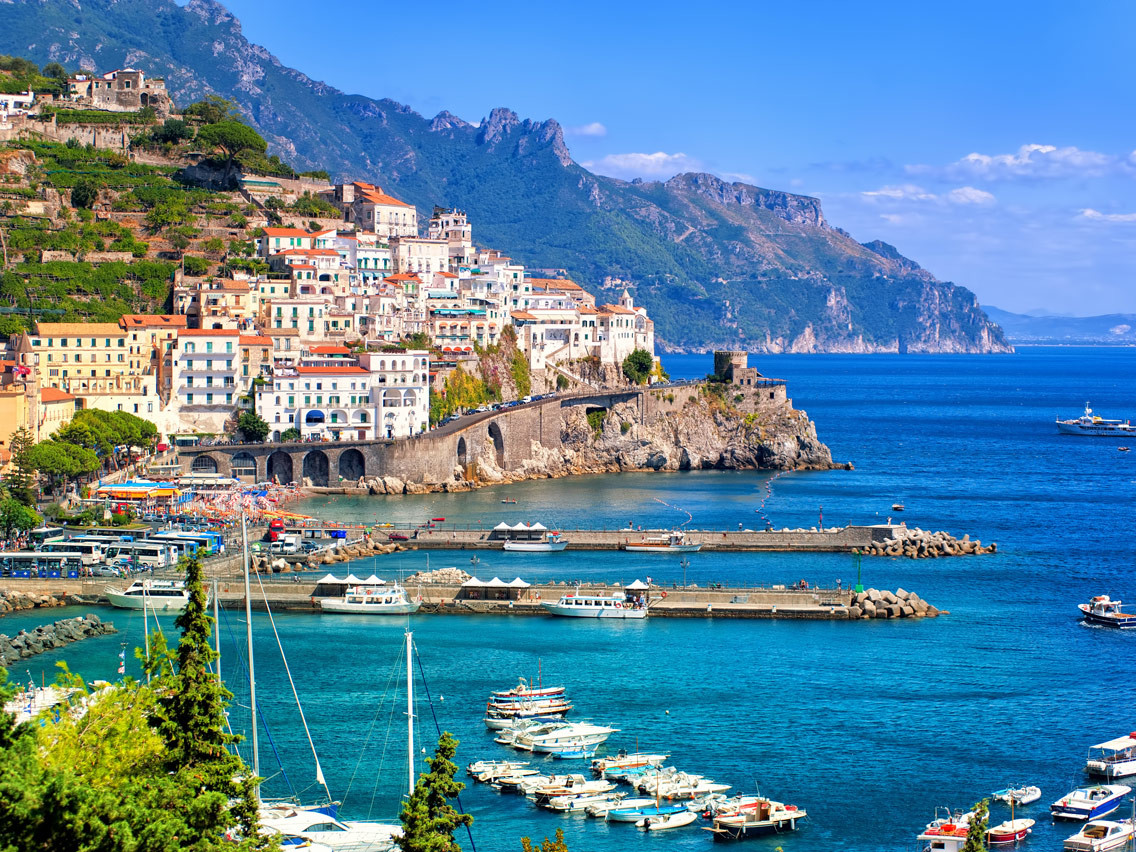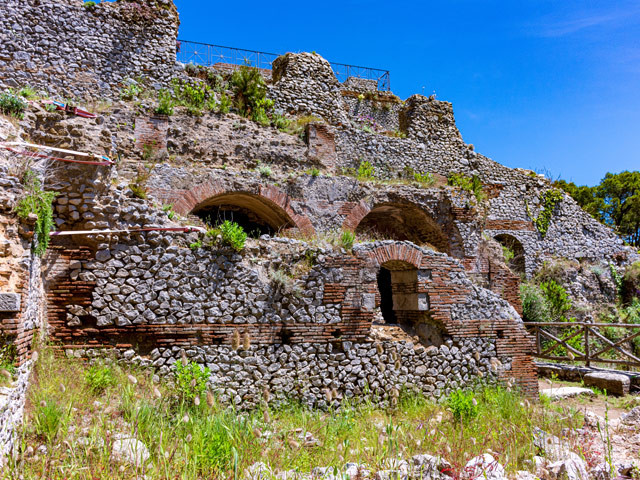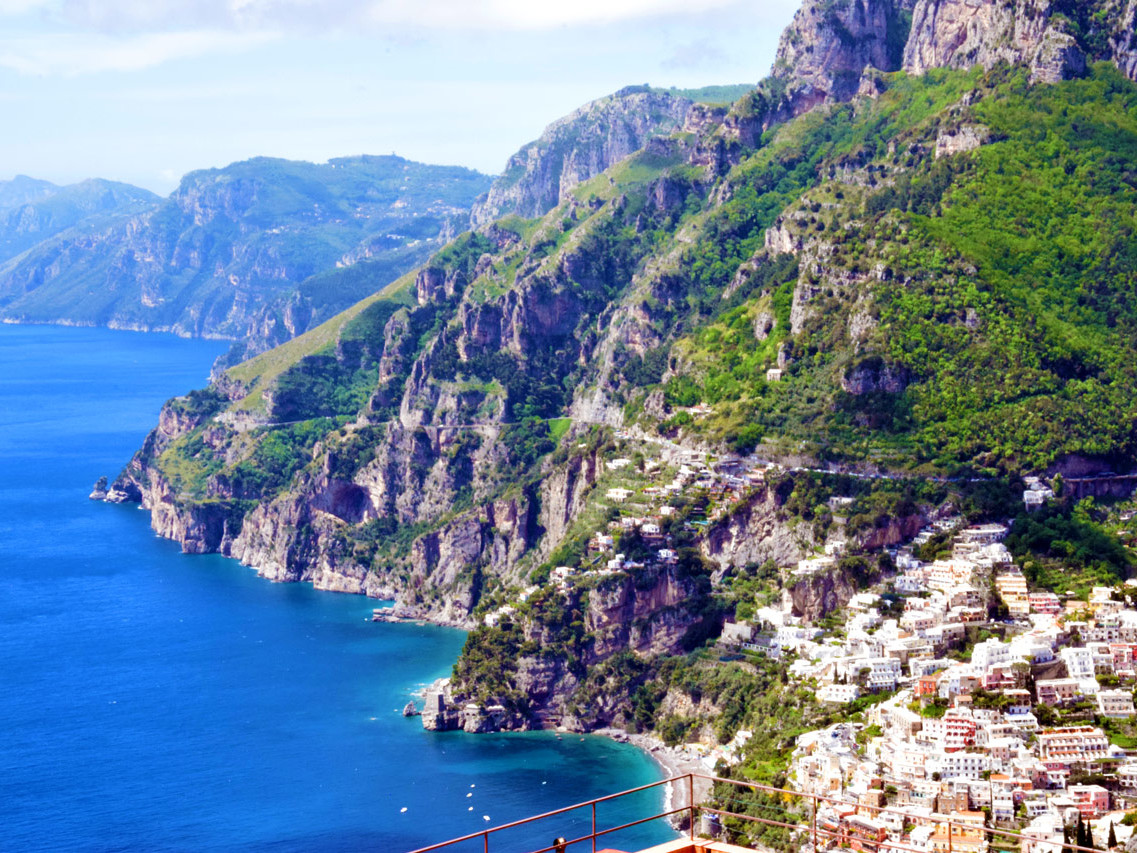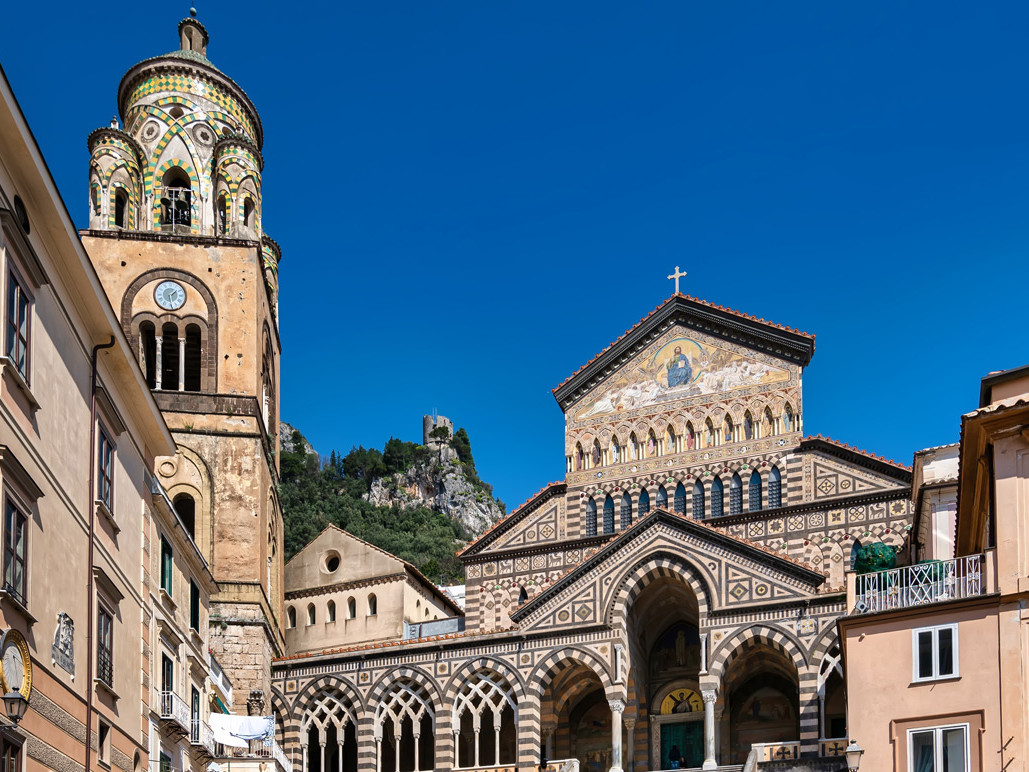PAESTUM: THE SPLENDOR OF ANCIENT GREECE NEAR THE AMALFI COAST
In the province of Salerno lies one of the most famous and visited open-air museums in Italy: this is Paestum, an ancient city of Magna Graecia. Declared a UNESCO World Heritage Site in 1998, it is a must-see destination for all history and archaeology enthusiasts!
by Roberta Cascone
Paestum is an ancient city of Magna Graecia near Amalfi Coast, originally called Poseidonia, in honor of the sea god Poseidon. Founded by Greek colonists from Sybaris around the 7th century BC, it was later conquered by the Lucanians who renamed it Paistom and finally it was annexed to the Roman Empire under the name Paestum. The extent of the settlement is still recognizable today because it is preserved within the Greek walls, which stretch over a length of 5 km.
share this article
Paestum archaelogical site
The Grand Tour
With the fall of the Roman Empire, the city also lost importance; in addition, the Salso River caused the area to become swamped, which pushed the people of Paestum to move away from the core of the city.
The state of neglect lasted until the mid-1800s, when Paestum became a mandatory stop on the Grand Tour. The trip was undertaken by all young intellectuals and aristocrats who set out for the historical beauties of the Mediterranean to expand their humanistic studies.
Despite the renewed interest in the site, however, no research and excavation campaigns were begun because of the limestone bank that had formed over the centuries from the waters of the Salso River, which had covered and hidden much of the area.

The Temple of Neptune and the Temple of Hera - Paestum
The rediscovery of Paestum
The first archaeological investigations began only in 1907 thanks to Spinazzola, who concentrated in the area of the Basilica and the Forum. Between 1925 and 1938 the excavations of the Forum were completed, with the discovery of the Temple of Peace and the amphitheater, and later the excavation of the walls, in which the Marina Gate and the Justice Gate opened, was carried out.
After World War II, excavations had a further boost: in the 1950s they intensified in the area surrounding the temples and in the rich necropolis, from which some of the most valuable and fascinating finds were recovered, such as the Tomb of the Diver and grave goods with splendid ceramics. It was precisely to preserve these magnificent finds that the National Museum was opened in 1952, which tells the story of Paestum and its territory from prehistory onward.
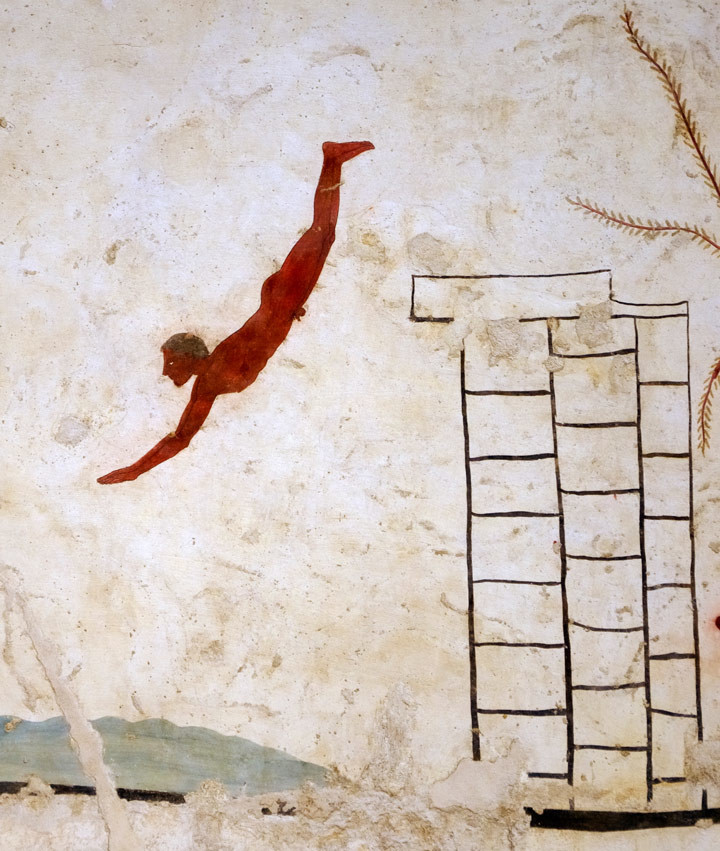
The Tomb of the Diver - Paestum
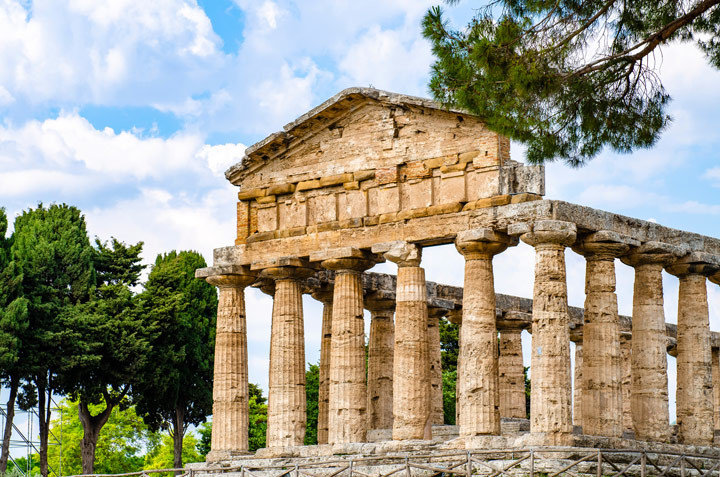
The Temple of Athena - Paestum
An open-air marvel
Anyone strolling through Paestum cannot help but be thunderstruck: ancient streets, fragments of huge columns, and near-perfect temples create an incredibly evocative atmosphere. Already along the walls, right at the four cardinal points, one can admire the city gates, including some decorated with animals and symbols: the Siren Gate, for example, is so called because it has a fantastic animal carved right on one side with an apotropaic function, that is, useful to ward off evil.
The forum is rectangular and houses various public and religious buildings, including the Capitolium, the temple dedicated to Jupiter, Juno, and Minerva, of which a podium and steps with a simple altar remain.
Then in the sacred area of the city stand three temples of Doric order, which are considered unique examples of Magna-Greek architecture because of their incredible state of preservation. The Temple of Hera, the oldest, dates back to 560 B.C. and is a peripteral temple, that is, surrounded by a portico with columns. The Temple of Neptune is the largest and is dated around the 5th century BC. The last is the Temple of Athena, which appears to date from the 6th century BC. It was attributed to the goddess because of the discovery of many ex voto statuettes and is characterized by the combination of two different styles, Doric and Ionic, with a high pediment. In the plan there is an antechamber, the pronaos, decorated with eight columns with Ionic capitals.
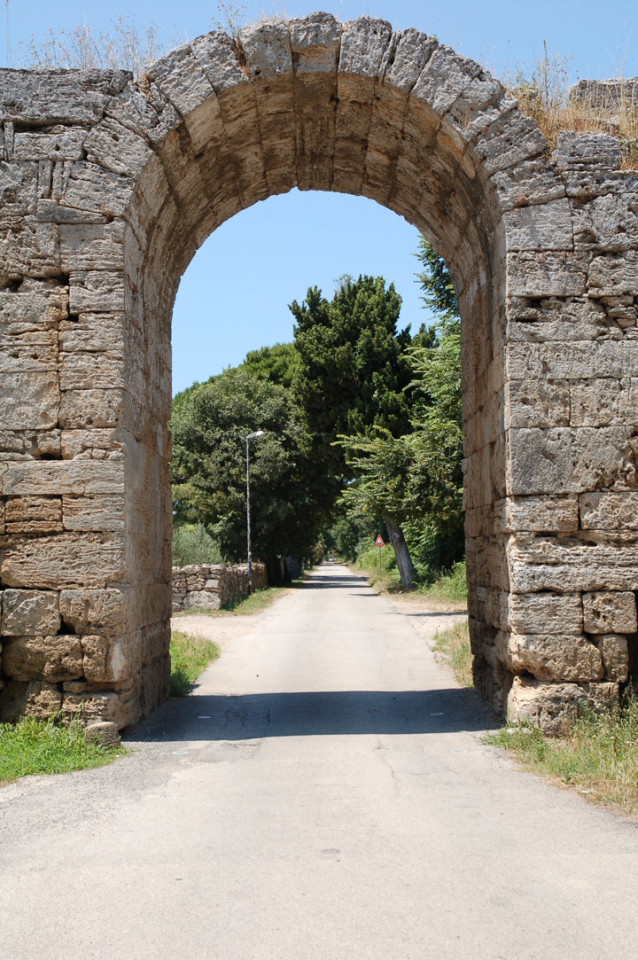
The Siren Gate - Paestum
How to get to Paestum
Getting to Paestum from the Amalfi Coast is easy! From any location you can quickly reach Salerno by Travelmar ferries. In fact, regional trains leave from Salerno for Paestum station, which is about 700 meters from the archaeological site. Another possible solution is bus No. 34, which leaves from Piazza della Concordia and reaches the park in about an hour and a half.
The wonders of Paestum have endured for almost 3,000 years and are an invaluable heritage for all - definitely worth a visit!
-
During his trip to Italy, the German writer Goethe visited Paestum, dedicating an emotional passage to it: "At last, uncertain whether we were walking on rocks or rubble, we could recognize some oblong, squarish boulders, which we had already noticed from a distance, as surviving temples and memories of a once magnificent city."
-
The German art historian and archaeologist Winckelmann also visited Paestum in May 1758, and his study of the Doric temples of Paestum was fundamental to his interpretation of Greek art as the origin of Western art.
fun facts
share this article


